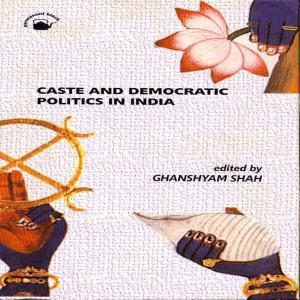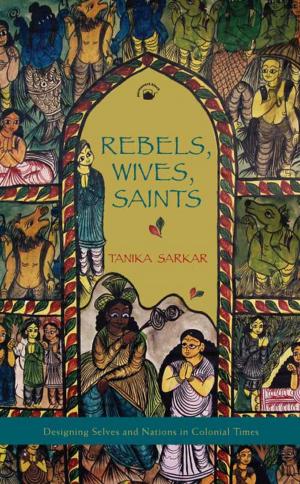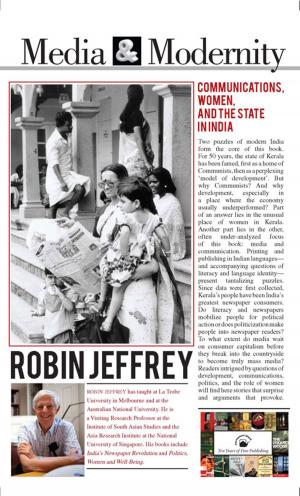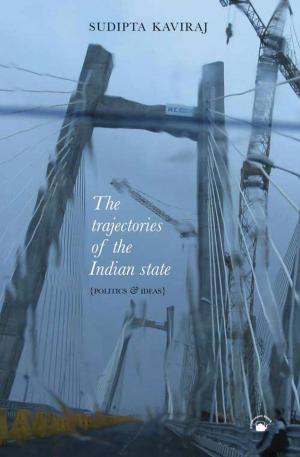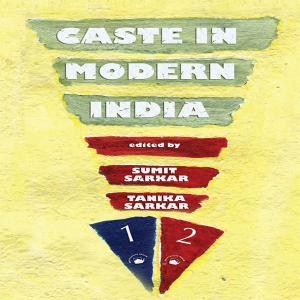| Author: | Arundhati Virmani | ISBN: | 9788178244419 |
| Publisher: | Permanent Black | Publication: | December 15, 2009 |
| Imprint: | Language: | English |
| Author: | Arundhati Virmani |
| ISBN: | 9788178244419 |
| Publisher: | Permanent Black |
| Publication: | December 15, 2009 |
| Imprint: | |
| Language: | English |
The historiography on India shows innumerable conflicts which divide the subcontinent—communalism, caste, gender, language—suggesting a region perpetually on the edge of collapse. The disintegration somehow never happens. The present book seeks to locate this paradox of deep divisision and stability by proposing other objects and methods of study.Unearthing the complex history of the making of the Indian national flag, Arundhati Virmani reveals cultural processes that imposed a set of values and sentiments on an incredibly diverse and scattered body of people. She shows that the Indian flag had strong roots in the ethos of colonialism. It was a major resource for the nationalist movement, a tool that allowed large social diversities to assert the compelling necessity for a new political culture with secular nationalism as the unifying pole. This viewpoint was contested by the Muslim League, the Sikhs, the Indian princes, and Hindu nationalists. So how, in the end, did the Indian flag come to fly as it does today? And how, in contrast, was the flag of Pakistan created?In showing how a region became two countries via the politics that unfurled around pieces of coloured cloth, this book marks a fascinating departure from standard studies of Indian nationalism, secularism, and communalism. It reveals the fiercely tribal dimension of nationalist rituals, and the manner in which a ‘politics of sentiment’ was deployed for the construction of Indian nationhood.This book will attract not just historians, but also anthropologists, sociologists and those interested in the construction of ideology and political culture.
The historiography on India shows innumerable conflicts which divide the subcontinent—communalism, caste, gender, language—suggesting a region perpetually on the edge of collapse. The disintegration somehow never happens. The present book seeks to locate this paradox of deep divisision and stability by proposing other objects and methods of study.Unearthing the complex history of the making of the Indian national flag, Arundhati Virmani reveals cultural processes that imposed a set of values and sentiments on an incredibly diverse and scattered body of people. She shows that the Indian flag had strong roots in the ethos of colonialism. It was a major resource for the nationalist movement, a tool that allowed large social diversities to assert the compelling necessity for a new political culture with secular nationalism as the unifying pole. This viewpoint was contested by the Muslim League, the Sikhs, the Indian princes, and Hindu nationalists. So how, in the end, did the Indian flag come to fly as it does today? And how, in contrast, was the flag of Pakistan created?In showing how a region became two countries via the politics that unfurled around pieces of coloured cloth, this book marks a fascinating departure from standard studies of Indian nationalism, secularism, and communalism. It reveals the fiercely tribal dimension of nationalist rituals, and the manner in which a ‘politics of sentiment’ was deployed for the construction of Indian nationhood.This book will attract not just historians, but also anthropologists, sociologists and those interested in the construction of ideology and political culture.


